Make: Electronics explores the properties and applications of discrete components that are the fundamental building blocks of circuit design. Understanding resistors, capacitors, transistors, inductors, diodes, and integrated circuit chips is essential even when using microcontrollers. Make: Electronics teaches the fundamentals and also provides advice on the tools and supplies that are necessary. Component kits are available, specifically developed for the third edition.


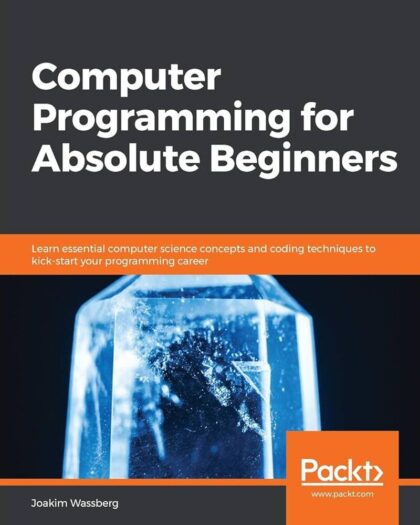
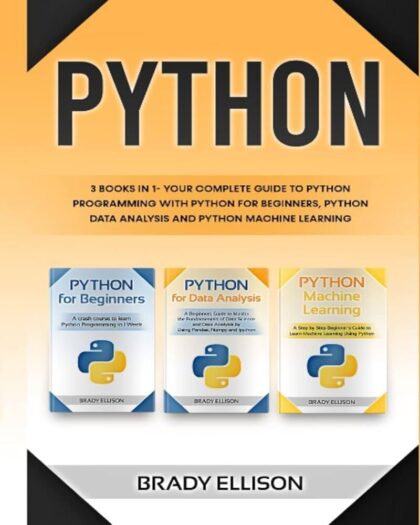


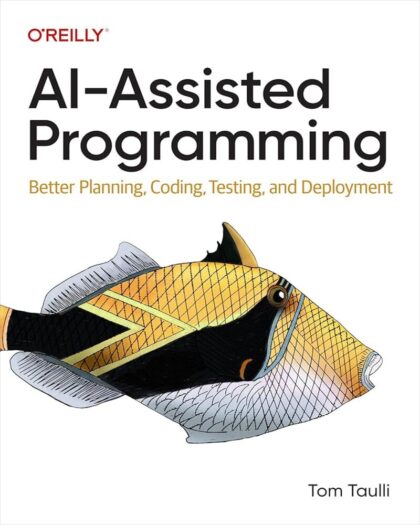
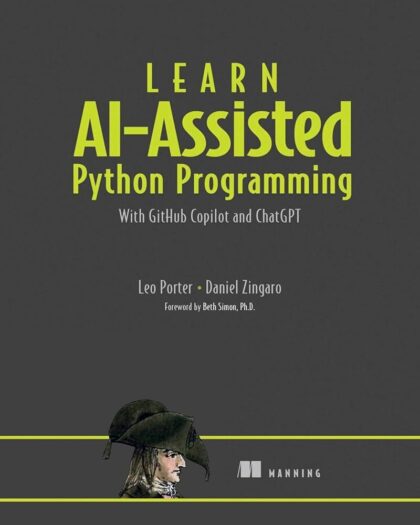
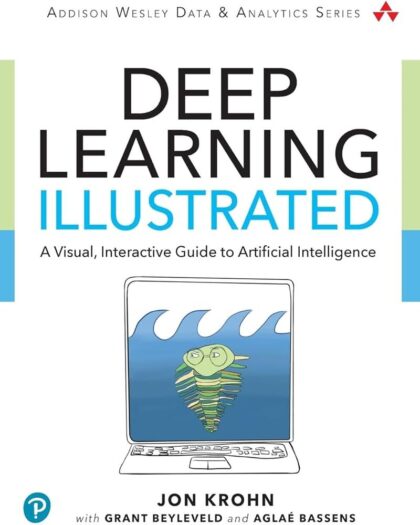
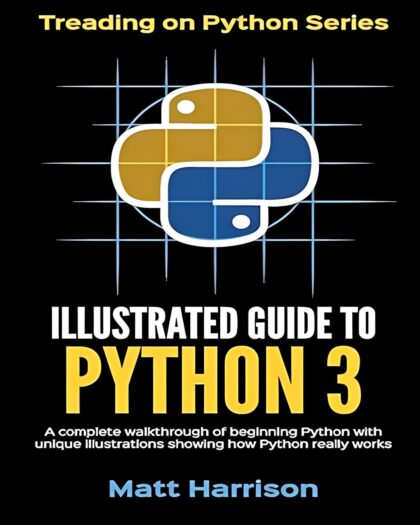


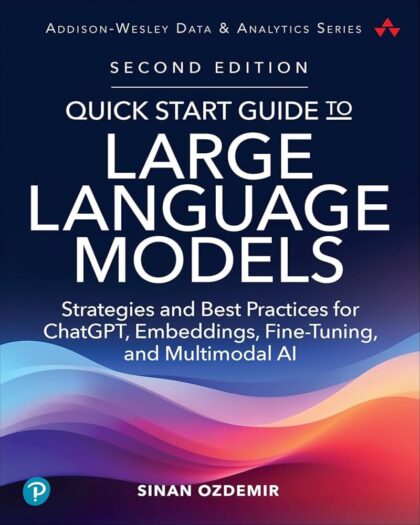

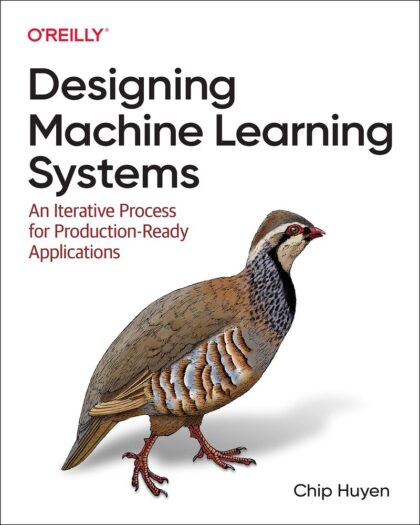
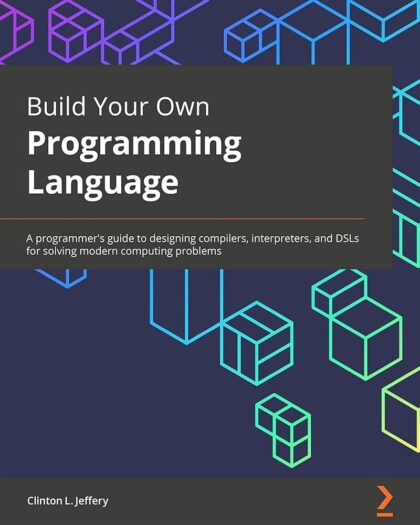
The introduction to microcontrollers and programming languages was a good way to end the book.
I would say this book is best targeted to young adult readers and adults alike, but perhaps a curious kid may understand it as well!
Determined, I decided to just start buying all of the beginner books out there until I found an instructor whose style resonated with me. THIS IS THE BOOK! Just WOW! Such clarity and simplicity to understand. Charles Platt clearly understands how to take a complex subject matter and make it palpable for a beginner like me. That is also not to say his understanding is surface level, he has a very DEEP understanding of electronics and has many additional books on the subject.
Suffice it to say, I study his book EVERY MORNING now and am LOVING it. There are some things I need to re-read, but I definitely am having much more success with Make:Electronics 3rd Edition. (Always get the latest editions!)
Also, there is an electronics component kit that comes with this book. I highly, HIGHLY recommend getting this kit as well, so you can physically create the breadboards and learn hands on as you go. You will be at a huge learning disadvantage if you do not do these experiments.
Thank you Charles Platt! As a teacher myself, I appreciate the effort you have taken to make this difficult subject matter so accessible- I appreciate you!
You can think of Make: Electronics as like taking an electronics class if every class were a lab. Not a single part of this book will be without some sort of fun project or demonstration you can try out to get an understanding of the concept right in your own house. Of course, you won't become an electrical engineer or professional electrician by any means, but it will give you the knowledge you need to branch out into whatever part of electronics you want to learn more about (the book has resources for that as well!). You will also gain an appreciation for the innovations and intricacies in modern electronics.
The book is also supported by retailers selling kits that vary from just parts to parts and tools, this is nice, but unnecessary, as the author provides part lists and guidance for selecting tools adequate to the task.
At this writing, I am about half way through the experiments and thoroughly enjoying the experience.
There's enough content in this 300 page book to satisfy someone's curiosity for months or even years. And if you finish this book, he has a few sequel books to continue the journey.
There's a 20 page section on soldering that has helped me to improve my technique.
I would say that this book is for middle school, high school students at the youngest.
Now, its time to order Make: More Electronics.